
Jedda, released in the UK as Jedda the Uncivilised, is a 1955 Australian film written, produced and directed by Charles Chauvel. His last film, it is notable for being the first to star two Aboriginal actors, Robert Tudawali and Ngarla Kunoth in the leading roles. It was also the first Australian feature film to be shot in colour.
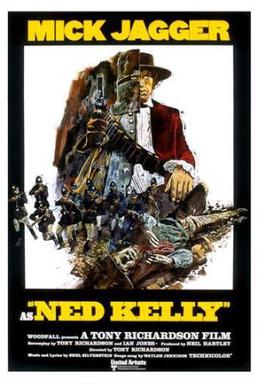
Ned Kelly is a 1970 British-Australian biographical bushranger film. It was the seventh Australian feature film version of the story of 19th-century Australian bushranger Ned Kelly, and is notable for being the first Kelly film to be shot in colour.

They're a Weird Mob is a 1966 Australian comedy film based on the 1957 novel of the same name by John O'Grady under the pen name "Nino Culotta", the name of the main character of the book. It was the penultimate collaboration of the British filmmakers Michael Powell and Emeric Pressburger.
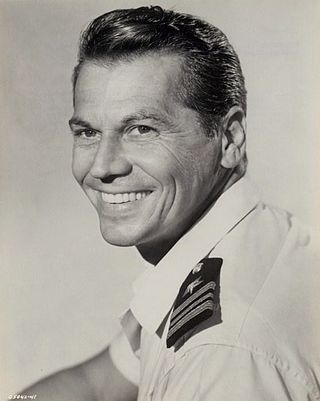
Ronald Egan Randell was an Australian actor. After beginning his acting career on the stage in 1937, he played Charles Kingsford Smith in the film Smithy (1946). He also had roles in Bulldog Drummond at Bay (1947), Kiss Me Kate (1953), I Am a Camera (1955), Most Dangerous Man Alive (1961) and King of Kings (1961).

Whiplash was a British/Australian television series in the Australian Western genre, produced by the Seven Network, ATV, and ITC Entertainment, and starring Peter Graves. Filmed in 1959-60, the series was first broadcast in the United Kingdom in September 1960, and in Australia in February 1961.
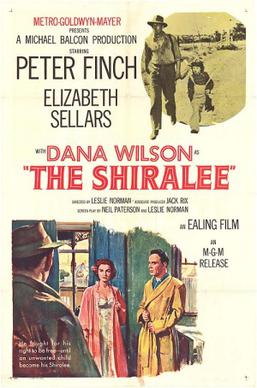
The Shiralee is a 1957 British film directed by Leslie Norman and starring Peter Finch. It is in the Australian Western genre, based on the 1955 novel by D'Arcy Niland. It was made by Ealing Studios, and although all exterior scenes were filmed in Sydney, Scone and Binnaway, New South Wales and Australian actors Charles Tingwell, Bill Kerr and Ed Devereaux played in supporting roles, the film is really a British film made in Australia, rather than an Australian film.
Ronald Grant Taylor was an English-Australian actor best known as the abrasive General Henderson in the Gerry Anderson science fiction series UFO and for his lead role in Forty Thousand Horsemen (1940).
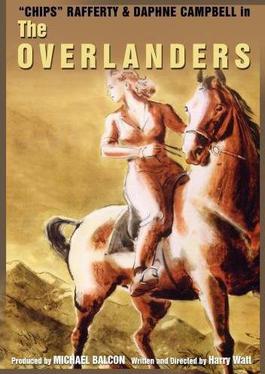
The Overlanders is a 1946 British-Australian Western film about drovers driving a large herd of cattle 1,600 miles overland from Wyndham, Western Australia through the Northern Territory outback of Australia to pastures north of Brisbane, Queensland during World War II.
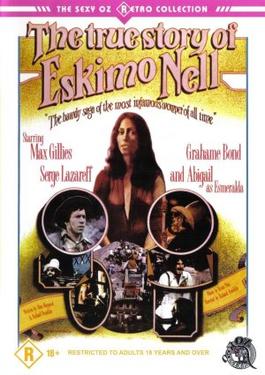
The True Story of Eskimo Nell is a 1975 Australian western comedy film produced, directed, and written by Richard Franklin, and starring Max Gillies as Deadeye Dick and Serge Lazareff as Mexico Pete. This was the first film produced by Richard Franklin.
Judith Anne Stone AM is an Australian retired pop and country music singer and musician. For much of the 1960s she was a regular performer on television music variety program Bandstand and appeared on Six O'Clock Rock.
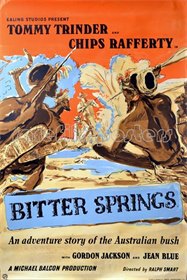
Bitter Springs is a 1950 Australian–British film directed by Ralph Smart. An Australian pioneer family leases a piece of land from the government in the Australian outback in 1900 and hires two inexperienced British men as drovers. Problems with local Aboriginal people arise over the possession of a waterhole. Much of the film was shot on location in the Flinders Ranges in South Australia
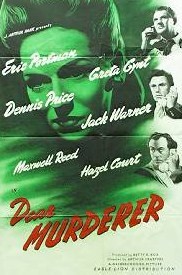
Dear Murderer is a 1947 British film noir crime, drama, thriller, directed by Arthur Crabtree for Gainsborough Pictures, and starring Eric Portman and Greta Gynt.
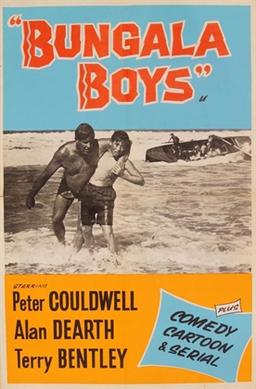
Bungala Boys is a 1961 children's film directed and written by Jim Jeffrey. It was the second Australian based film made by the Children's Film Foundation, following Bush Christmas and was the first non-documentary film to focus on surf clubs.

Color Me Dead is a 1969 Australian thriller directed by Eddie Davis, starring American actors Tom Tryon, Carolyn Jones and Rick Jason. It is a remake of the 1950 film D.O.A.. Due to the failure on renewing copyright of D.O.A., the content of D.O.A. became the property of United States public domain. Thus, the content of Color Me Dead could be exactly the same as D.O.A.
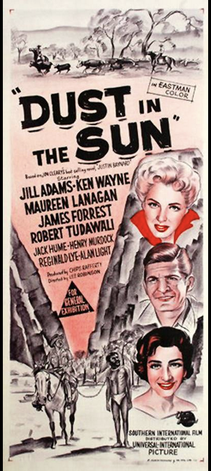
Dust in the Sun is a 1958 Eastmancolor Australian mystery film adapted from the 1955 novel Justin Bayard by Jon Cleary and produced by the team of Lee Robinson and Chips Rafferty. The film stars British actress Jill Adams, Ken Wayne and an Indigenous Australian actor Robert Tudawali as Emu Foot.
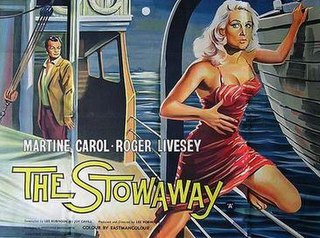
The Stowaway is a 1958 French-Australian film directed by Australian director Lee Robinson and French Lebanese director Ralph Habib. It was shot on location in Tahiti and is one of the few Australian financed movies of the 1950s, although the storyline has nothing to do with Australia.
Below the Surface is a 1938 adventure film set in the coal region of Newcastle, Australia. Only part of the movie survives.

The Intruders is a 1969 Australian film directed by Lee Robinson. It is a spin-off of the popular Skippy the Bush Kangaroo TV series.
The Tenth Straw is a 1926 Australian silent film heavily inspired by the novel For the Term of His Natural Life. Little is known of the director and cast, but most of the film survives today.

"The Recruiting Officer" is a 1965 Australian television production based on the famous play The Recruiting Officer, which was the first play ever performed in Australia. "The Recruiting Officer" aired on 6 January 1965 in Sydney, 13 January 1965 in Brisbane, and on 20 January 1965 in Melbourne.
















